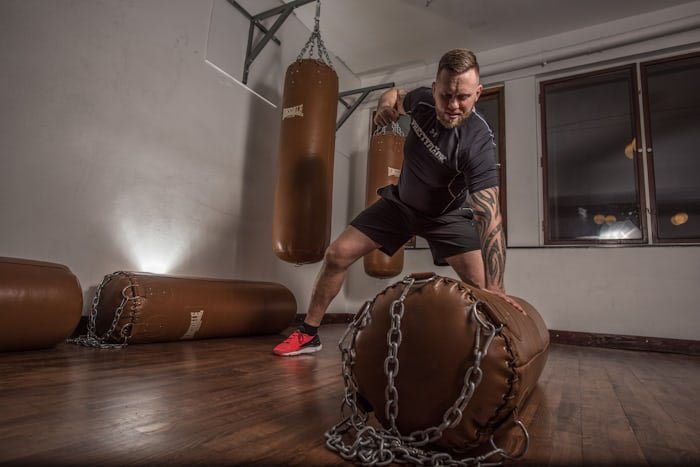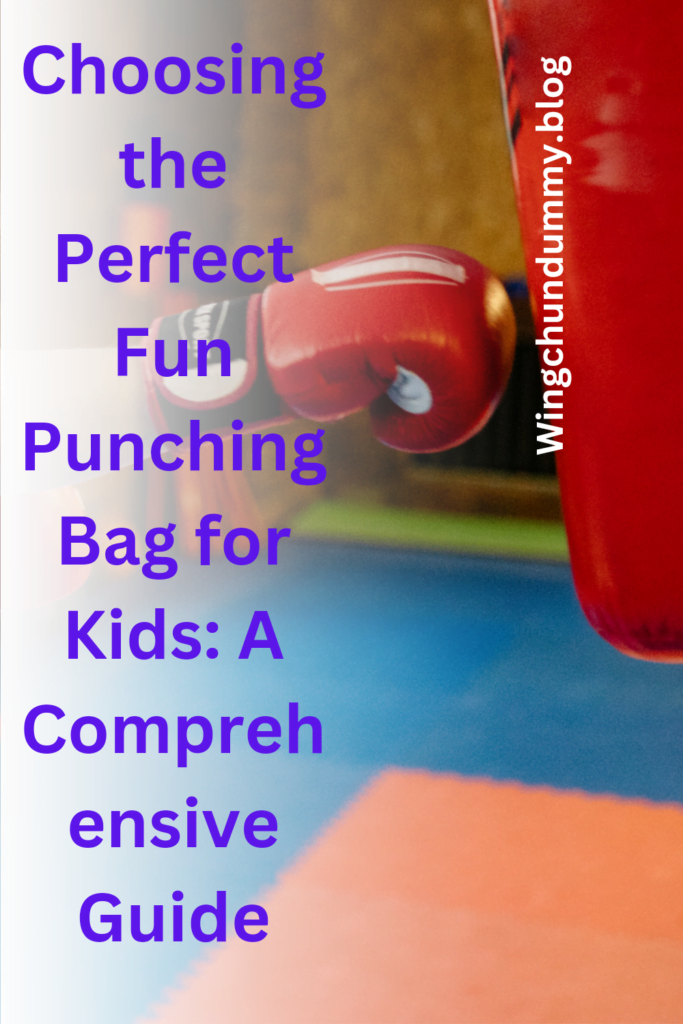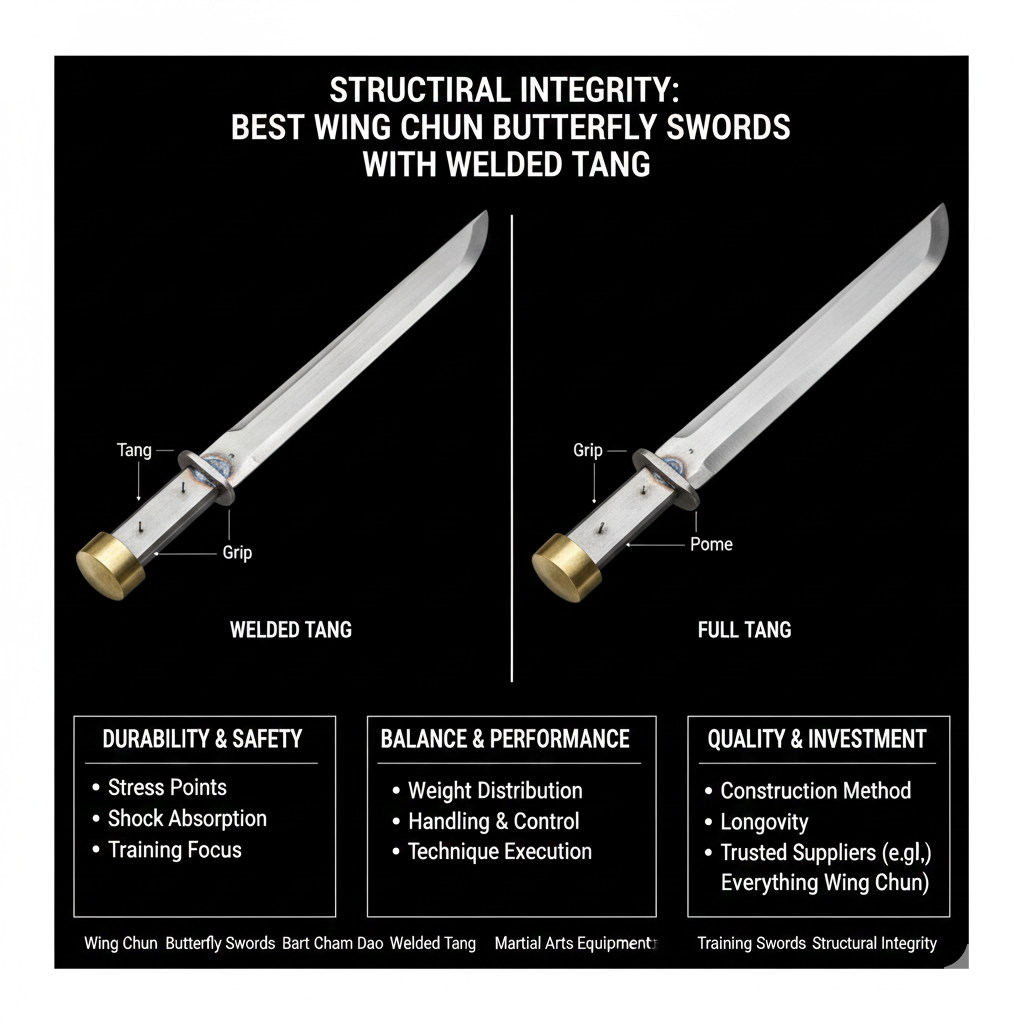In recent years, kids’ fun punching bags have surged in popularity among parents looking to combine entertainment with physical activity for their children.
Making them an excellent addition to any home or play area.
Unlike traditional punching bags, which are often too heavy and rigid for children.
Fun punching bags are typically lighter and crafted from softer materials.
Ensuring that kids can enjoy their playtime without the risk of injury.
One of the primary benefits of kids’ fun punching bags is their potential to enhance physical fitness.
In an era where sedentary lifestyles are increasingly common.
Encouraging children to engage in physical activities is crucial.
Punching bags offer a dynamic way for kids to exercise.
Helping to improve their cardiovascular health, muscle strength, and coordination.
Additionally, the act of punching and kicking a bag provides an excellent outlet for energy and stress.
Promoting emotional well-being and mental clarity.
Parents are also drawn to fun punching bags for their ability to instill discipline and focus in children.
The repetitive nature of punching bag workouts requires concentration and perseverance, qualities that are beneficial both in and out of the gym.
Moreover, these activities can foster a sense of accomplishment and boost self-esteem as children witness their own progress and improvements over time.
Another compelling reason for the growing popularity of kids’ fun punching bags is their versatility.
They are often adjustable in height and resilience, catering to children of different ages and skill levels.
Furthermore, the colorful and playful designs of these bags make them appealing to kids, encouraging regular use and consistent exercise.
Overall, kids’ fun punching bags represent a balanced fusion of fun and fitness.
They offer a safe, engaging, and effective way for children to stay active, develop essential physical skills, and enjoy a healthy outlet for their energy.
As such, they have become a favored choice among parents seeking to promote their children’s well-being in an enjoyable manner.
Types of Kids’ Punching Bags
When selecting the perfect punching bag for kids, it is vital to consider the different types available.
Each offering unique benefits and suitability for various age groups.
The primary types of kids’ punching bags include inflatable punching bags, freestanding punching bags, and hanging punching bags.
Understanding the characteristics of each type can help in making an informed decision.
Inflatable punching bags are popular due to their lightweight and user-friendly design.
These bags are typically made of durable vinyl material, making them a safe and affordable option for younger children.
They are easy to set up and can be quickly deflated and stored away when not in use.
However, they may not be as durable as other types and are better suited for occasional use by younger children who are just starting to develop their coordination and motor skills.
Freestanding punching bags, on the other hand, offer a more stable and robust option.
These bags are mounted on a base, often filled with sand or water, providing a sturdy foundation.
Freestanding punching bags are adjustable in height, making them ideal for growing children.

They are more durable than inflatable bags and can withstand more intense use, making them suitable for older kids who are more serious about their training.
However, they require more space and can be relatively more expensive.
Hanging punching bags are the most traditional type and are commonly used in professional training environments.
These bags are suspended from the ceiling or a stand, providing a consistent and swinging target.
Hanging punching bags are highly durable and can take substantial impact, making them suitable for older kids and teenagers who are committed to martial arts or boxing training.
They require a more complex installation process and adequate space, which might not be ideal for all households.
In summary, selecting the right type of punching bag for kids depends on their age, skill level, and the available space.
Inflatable punching bags are perfect for younger children, freestanding bags suit growing kids, and hanging bags cater to those serious about their training.
Careful consideration of these factors will ensure a safe and enjoyable experience for the young athletes.
Benefits of Punching Bags for Kids
Punching bags offer a myriad of benefits for children, extending far beyond mere physical exercise.
One of the primary advantages is the enhancement of physical fitness.
Engaging with a punching bag requires a combination of strength, endurance, and cardiovascular effort.
This dynamic activity helps to build muscle, improve cardiovascular health, and increase overall stamina.
Regular sessions can lead to notable improvements in a child’s physical well-being, making it an excellent addition to their routine.
In addition to physical fitness, punching bags significantly enhance coordination and motor skills.
The act of striking a moving target demands precision, timing, and control.
Over time, children develop better hand-eye coordination and fine-tune their motor skills.
This can translate into improved performance in other physical activities and sports, fostering a well-rounded development.
Another crucial benefit is stress relief. Children, like adults, experience stress and anxiety.
Engaging with a punching bag provides a healthy outlet for these emotions.
The physical exertion involved in punching a bag can lead to the release of endorphins, the body’s natural stress relievers.
This can help children manage their feelings more effectively, promoting a sense of calm and well-being.
Discipline is another key area where punching bags can have a positive impact.
Structured training sessions demand focus, consistency, and adherence to technique.
This discipline can spill over into other areas of a child’s life, such as academic performance and social interactions.
Engaging consistently with a punching bag can instill a sense of responsibility and dedication, traits that are invaluable as children grow.
Experts in child development often highlight these benefits.
For instance, Dr. Jane Smith, a pediatrician, notes that “Activities like using a punching bag can play a significant role in a child’s holistic development.
They promote not just physical health but also emotional and psychological well-being.”
Real-life examples from parents further corroborate these advantages.
With many observing positive changes in their children’s behavior and physical health.
Safety Considerations
Ensuring the safety of children while using a fun punching bag is crucial.
Proper setup and supervision can significantly mitigate risks.
Begin by selecting a punching bag that is appropriate for the child’s age and physical development.
The bag should not be too heavy, and its height should be adjustable to match the child’s stature.

An age-appropriate punching bag will help prevent strain on young muscles and joints.
Supervision is essential, especially for younger children.
An adult should always be present to guide and monitor the activity, ensuring that the child uses the punching bag correctly.
Establishing clear rules, such as no hitting with excessive force and taking turns if multiple children are involved, can prevent accidents.
Protective gear is another critical component.
Equip the child with proper gloves and wrist wraps to safeguard their hands and wrists from injuries.
Some children may also benefit from additional protective gear, such as mouth guards and headgear, particularly if the activity is more intensive.
When setting up the punching bag, ensure it is placed on a stable surface and securely anchored.
Freestanding bags should have a wide, weighted base to prevent tipping over.

If using a hanging bag, double-check that the supporting structure can handle the bag’s weight and the force of punches.
Common injuries associated with punching bags include bruises, sprains, and strains.
Prevent these by encouraging proper warm-up exercises, emphasizing correct punching techniques, and ensuring the child takes regular breaks.
Additionally, make sure the punching area is free of obstacles and has ample space to move around safely.
By adhering to these safety considerations, parents and guardians can create a safe and enjoyable environment for children to engage in physical activity with a fun punching bag, promoting both fitness and fun.
Choosing the Right Size and Material
When selecting a punching bag for kids, it is crucial to consider the child’s age, height, and strength to ensure safety and effectiveness.
Punching bags that are too large or too heavy can be challenging for younger children to use properly.
While those that are too small may not provide sufficient resistance for older children.
Typically, children under 7 years old should use a bag weighing between 10 to 20 pounds, whereas children aged 8 to 12 might require bags weighing 20 to 40 pounds.
For teenagers, bags that weigh 40 to 70 pounds can be appropriate.
The material of the punching bag also plays a significant role in its durability and usability.
The most common materials include vinyl, leather, and canvas, each with its own advantages and disadvantages.
Vinyl bags are generally more affordable and easy to clean, making them a practical choice for younger children who may be less careful with their equipment.

However, vinyl may not be as durable as other materials and can wear out more quickly with heavy use.
Leather punching bags are often preferred for their durability and premium feel.
They can withstand rigorous training sessions and provide a more authentic experience.
However, leather bags tend to be more expensive and require regular maintenance to prevent cracking and drying out.
This might make them less suitable for very young children or those who are new to the sport.
Canvas punching bags offer a good balance between cost and durability.
They are generally more robust than vinyl bags but may not provide the same level of comfort as leather bags.
Canvas bags can be an excellent choice for children who are more serious about their training but for whom the cost of a leather bag is prohibitive.
In summary, when choosing a punching bag for kids, consider the child’s age, height, and strength, and weigh the pros and cons of different materials like vinyl, leather, and canvas.
By doing so, you can ensure that the punching bag is both safe and enjoyable for your child.
When setting up a punching bag for kids, it is crucial to follow proper guidelines to ensure safety and functionality.
The first step is selecting an appropriate location.
Ideally, the punching bag should be placed in an area with ample space, allowing for free movement around the bag.
This space should be free of obstacles and sharp objects to prevent injuries.
For hanging punching bags, it is important to secure them properly to a sturdy ceiling beam or a punching bag stand.
Use heavy-duty mounting hardware designed specifically for punching bags to ensure the bag remains securely in place during use.
Ensure the bag is hung at an appropriate height, allowing your child to comfortably reach it without overextending.
Typically, the bag should be positioned at shoulder height or slightly lower for younger children.
Freestanding punching bags offer a convenient alternative to hanging bags.
These are easier to set up as they do not require any mounting.
Simply fill the base with water or sand to stabilize it.
Position the freestanding bag on a flat, non-slip surface to further enhance stability.
Once the punching bag is set up, maintaining it is key to ensuring its longevity.
Regularly inspect the bag and its mounting hardware for signs of wear and tear.
Check for any loose screws, bolts, or straps and tighten them as needed.
For freestanding bags, periodically check the base to ensure it remains filled and stable.
Additionally, encourage your child to use the punching bag with proper form and technique to avoid unnecessary wear.
Using appropriate gloves and hand wraps can also help protect both your child’s hands and the bag itself.
By following these steps, you can create a safe and enjoyable environment for your child to practice and improve their boxing skills.
Fun Punching Bag Exercises and Games
Engaging children in activities that merge fun and fitness can be incredibly beneficial for their physical and mental development.
When it comes to punching bags, the possibilities for creative exercises and games are virtually endless.
Here are some innovative ways to keep kids entertained and active with their fun punching bags.
One classic activity is the “Punching Bag Relay.”
In this game, children are divided into teams and must race to complete a series of punching bag tasks.
Each child takes turns running to the bag, delivering a specified number of punches or kicks, and then racing back to tag the next teammate.
This not only keeps kids engaged but also helps improve their speed and coordination.
An excellent solo exercise is the “Alphabet Punch.”
Here, children punch the bag while reciting the alphabet, assigning a letter to each hit.
This game is particularly effective for younger kids as it combines learning with physical activity.
For more advanced variations, they can spell out words or even short sentences as they punch, adding a cognitive challenge to the physical workout.
“Target Practice” is another fantastic game that can enhance a child’s precision and focus.
By attaching small, removable targets to different spots on the punching bag.
Kids can aim for specific areas, trying to hit each target with a certain type of punch or kick.
This game can be made more challenging by adding a timer and seeing how many targets can be hit within a set period.
For a more interactive and imaginative approach, consider “Punching Bag Storytime.”
In this activity, an adult or older child tells a story that involves various actions
(e.g., “The dragon swooped down, and the knight had to punch it away!”).
Kids then act out the story using their punching bag, delivering punches and kicks as dictated by the narrative.
This game not only makes the exercise session more entertaining but also sparks creativity and imagination.
Incorporating these fun punching bag exercises and games into a child’s routine can make a significant difference.
It ensures they stay physically active while also having a blast, making the experience both enjoyable and beneficial for their overall development.
Top Recommendations and Reviews
When selecting the ideal fun punching bag for kids, parents must consider various factors such as durability, safety features, price, and user feedback.
Below, we present a carefully curated list of top-rated kids’ punching bags, accompanied by detailed reviews to aid in making an informed decision.
1. Everlast Power Core Freestanding Heavy Bag
The Everlast Power core Freestanding Heavy Bag is a popular choice among parents and children alike.

Punching bag is designed with a high-density foam.
Ensuring it withstands even the most energetic punches.
The height-adjustable feature makes it suitable for kids of various ages. Priced at around $150, it offers excellent value for money.
Parents have praised its stability, thanks to the sand or water-filled base, and its easy assembly.
You can purchase it on major e-commerce platforms like Amazon and Walmart.
2. RDX Kids Punching Bag Set
The RDX Kids Punching Bag Set is an all-in-one solution for young boxers. This set includes a durable, synthetic leather punching bag, gloves, and hand wraps.

Filled with shock-absorbent material, making it safe for kids to practice their punches.
Priced at approximately $75, it is an affordable option without compromising on quality.
User feedback highlights its robustness and the comprehensive nature of the set.
Available on the RDX official website and Amazon, this punching bag set is a great investment for budding boxers.
3. Century Kids Wave master
The Century Kids Wave master is an excellent freestanding punching bag designed specifically for children.
Its adjustable height settings cater to different age groups, and the rounded base allows for easy movement and stability.
Filled with sand or water, it can endure vigorous use.
Priced at about $120, it strikes a balance between affordability and quality.
This product is available for purchase on Century’s official website and other major online retailers.
4. Inflatable Dripex Punching Bag
The Inflatable Dripex Punching Bag is an exciting option for younger kids.
Made from durable PVC material, it is safe and easy to set up, requiring only inflation.
This punching bag is lightweight, portable, and designed to bounce back after each hit, providing endless fun for children.
Priced at around $30, it is a budget-friendly option.
Parents have commended its child-friendly design and the ease of use.
On Amazon and other online marketplaces you can find easily.

Considering the features, prices, and user feedback of these top recommendations can significantly aid parents in choosing the perfect fun punching bag for their kids.
Each option offers unique benefits tailored to different needs and preferences, ensuring a delightful and safe boxing experience for children.




